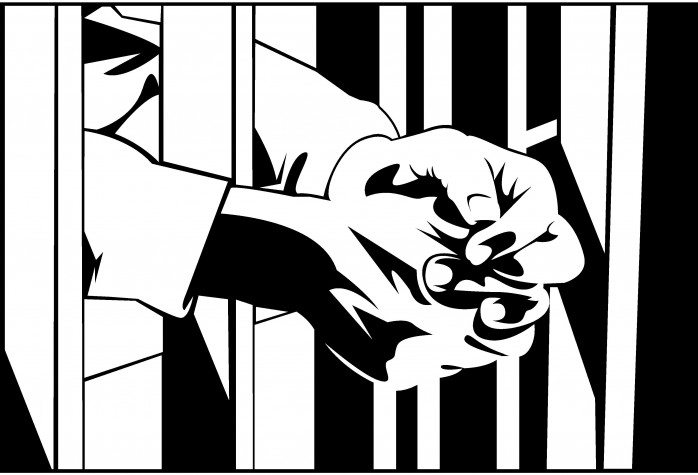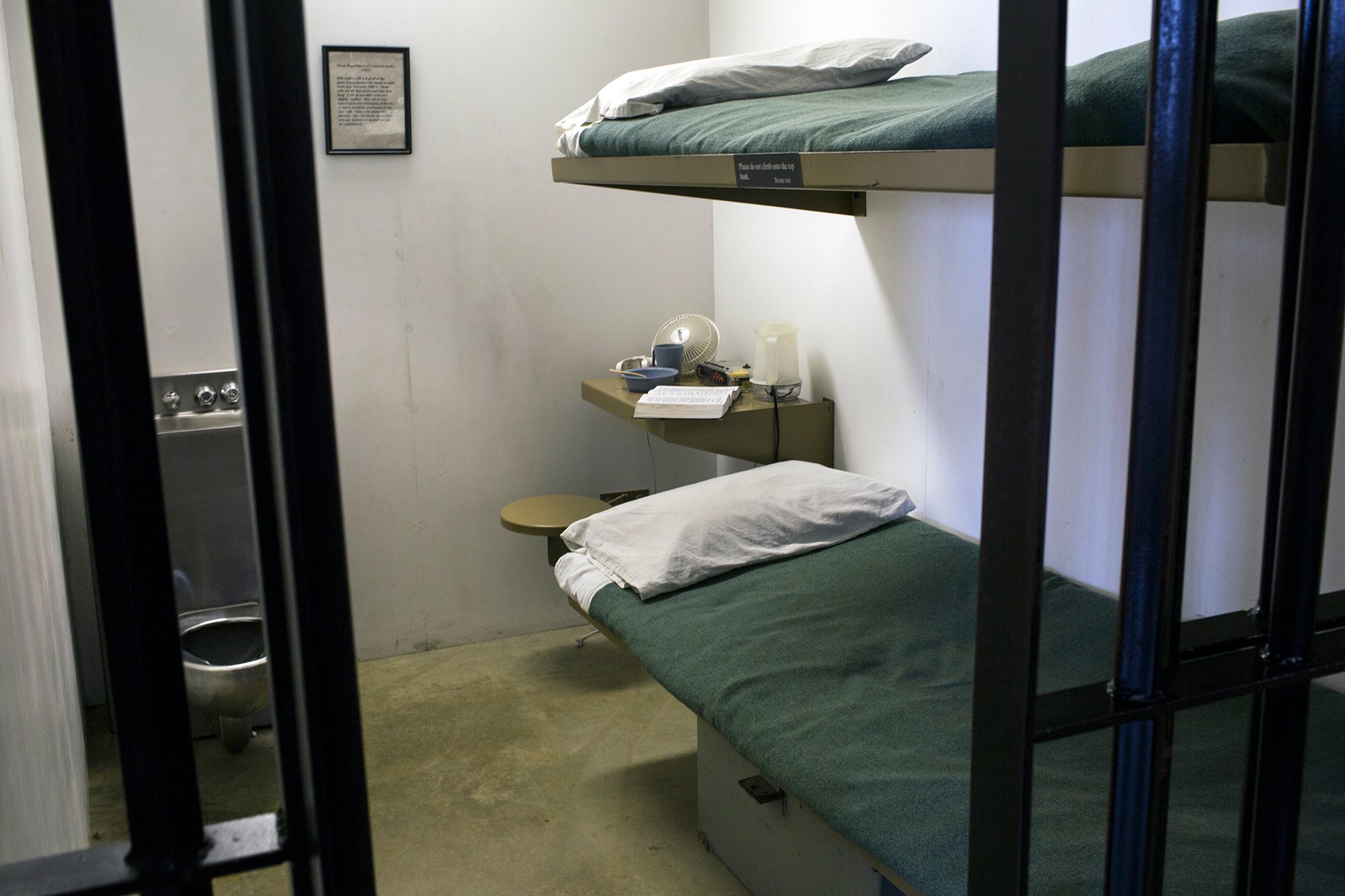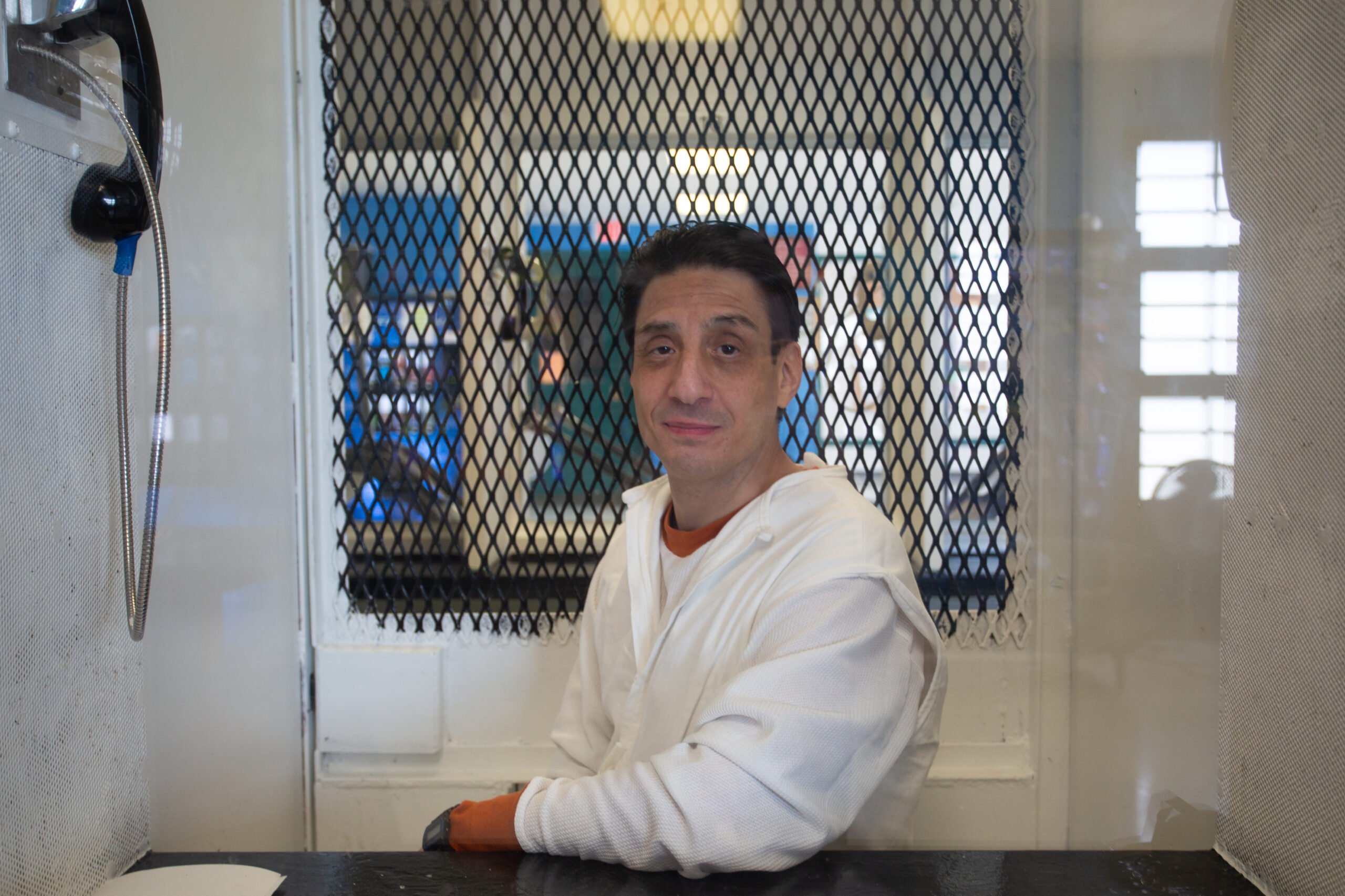
More Prisoners, More Problems: Mass Incarceration Climbs Again
A new report from the U.S. Bureau of Justice Statistics found that last year the incarcerated U.S. population grew for the first time since 2009. Texas had plenty to do with that.
It wasn’t a huge increase—about .3 percent or just 4,300 more prisoners out of the national total of almost 1.58 million. Nor did it erase all of the previous three years’ progress. The prison population peaked in 2009 with almost 41,000 more prisoners than were reported at the end of 2013. But it’s still a disappointing reversal, especially since this should have been a banner year for de-incarceration. The report showed that, for the first time since 1980, the federal population dropped. But that achievement was cancelled out by growth in the number of state prisoners.
As usual, Texas did more than its share. It continues to have more prisoners than any other state, and not by a smidgen, either. At the end of 2013, Texas had about 24 percent more prisoners than California, the No. 2 state. Besides an overall growth in prisoner population, Texas also saw a modest growth in prison admissions—1.5 percent—but a striking, almost 10 percent drop in prisoner releases. In other words, authorities are locking up somewhat more people but releasing far fewer.

Texas also incarcerates more non-citizens than any other state—more than 8,800—and, like many states, is sending more women to prison than ever before. The study doesn’t break down prisoner populations by race per state, but does confirm that nationally, almost 3 percent of black male U.S. residents are incarcerated, which is six times the rate of white men. And while the number of black women in prison decreased slightly from 2012 to 2013, the rate at which black women are incarcerated was still double that of white women.
There is one spot of good news for reformers, though. Texas still puts more citizens in private prisons than any other state—about 14,500, or 23 percent more than Florida, the next highest—but private prison use here seems to be waning. The private prison population in Texas dropped by more than a fifth in just the last year.
The Pew Charitable Trusts also released its look at the correlation between prison populations and crime just last week. While they characterized the relationship as “a complex link,” the data seems to indicate non-linkage. Between 1994 and 2012, the five states with the largest decreases in imprisonment rates saw, on average, a 45 percent drop in crime. (Texas was ranked sixth, with a 6 percent decrease in its incarceration rate and a 36 percent decrease in crime. Not too shabby.) But the five states with the biggest increases in incarceration—nearly or more than doubling it—saw much smaller drops in crime, or, in the case of West Virginia, an increase in the crime rate.
That ranking may seem simplistic, but it confirms what much more exhaustive studies have found: Long prison sentences have minimal impact on crime prevention and powerful negative social and financial consequences. That was the conclusion of the National Research Council in its massive report on the growth of incarceration released in May.
“We are concerned that the United States is past the point where the number of people in prison can be justified by social benefits,” said Jeremy Travis, president of John Jay College of Criminal Justice in New York City, in a statement about the National Research Council report. “We need to embark on a national conversation to rethink the role of prison in society.”
And by society, we should all read “Texas.”


